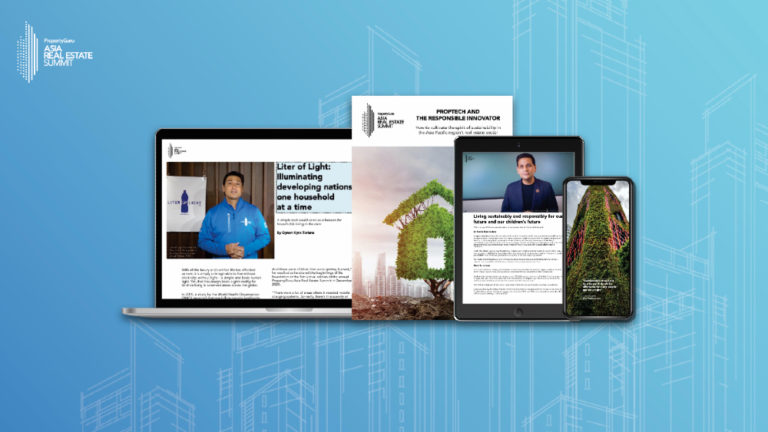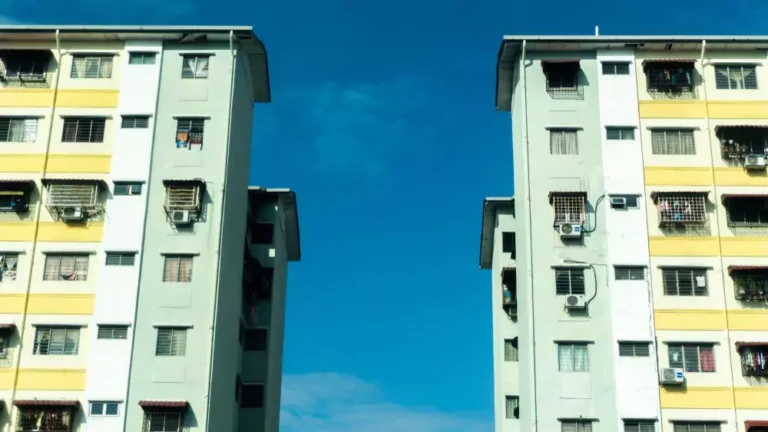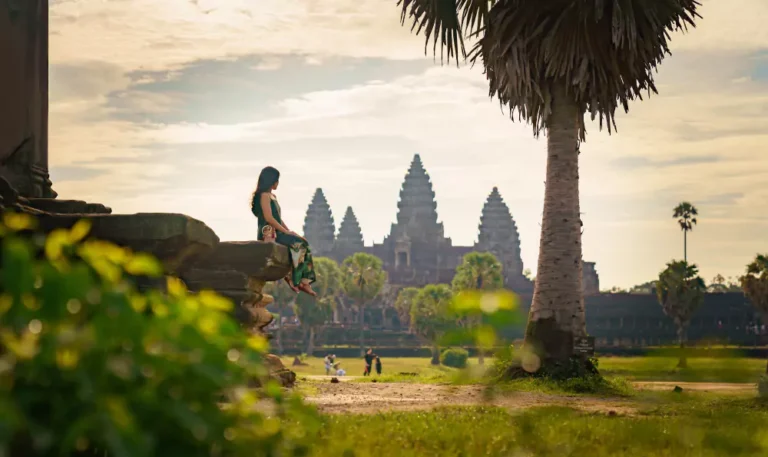Six-star luxury living arrives in Niseko
A look inside HakuVillas, a cool condotel with a warm embrace of pioneering concepts
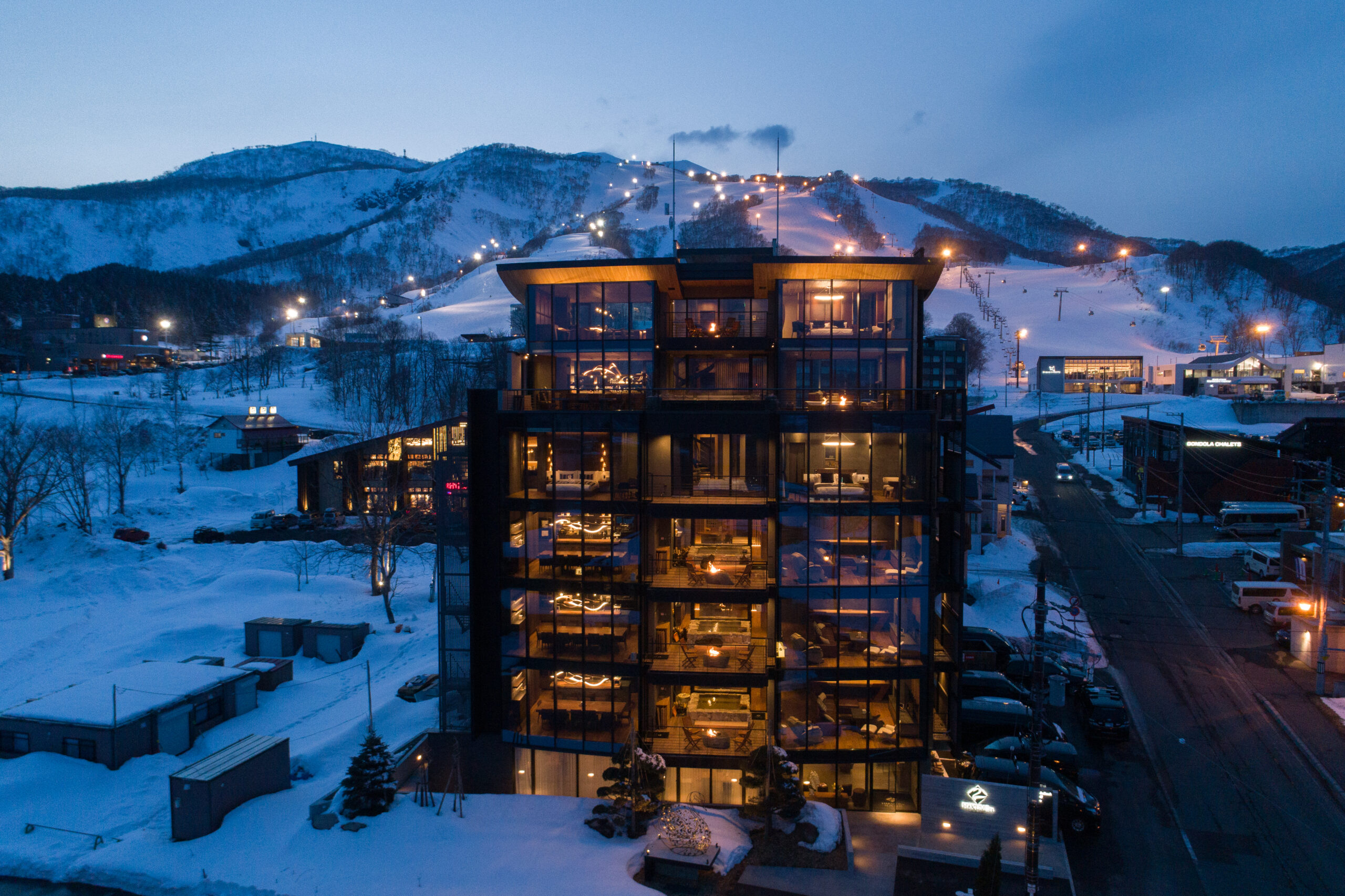
Every winter, Niseko becomes the playground for moneyed skiers and snowboarders in search of the perfect powder snow.
Until the arrival of HakuVillas, however, the famous Japanese town had been wanting a condominium hotel with six-star services apropos of its affluent residents and visitors.
Completed shortly before the pandemic, HakuVillas is the first catered condo hotel property in Niseko. With HakuVillas, luxury real estate and vacation rental company H2 Group built four exclusive villas and a three-storey penthouse staffed by personal hosts, butlers, chauffeurs and chefs.
A benign bit of peer pressure led to the conception of the property. HakuVillas built on the success of Hakuchozan, H2 Group’s three-storey, seven-bedroom chalet in Lower Hirafu in Niseko.
“I personally had a bunch of friends that loved what we did at Hakuchozan and wanted a similar feeling and similar product for themselves,” says Michael Chen, co-CEO of H2 Group. “But we couldn’t find it in the market for them to buy from existing products. So we chose to develop a new building to satisfy what my friends were looking for.”
H2 Group acquired the 868-square-metre site in 2017, the same year Hakuchozan was built. The site is only 200 metres from the Hirafu gondolas in a highly visible area populated by après-ski establishments.
Sapporo-based practice Daida Design Studio had already been the architect of record on a building planned for the site when H2 Group acquired the location. “Because I had a very strong vision for what we wanted to build, I thought it would just be easier to go with the same architect and have them redo the plans based on the direction that we wanted to go,” explains Chen.
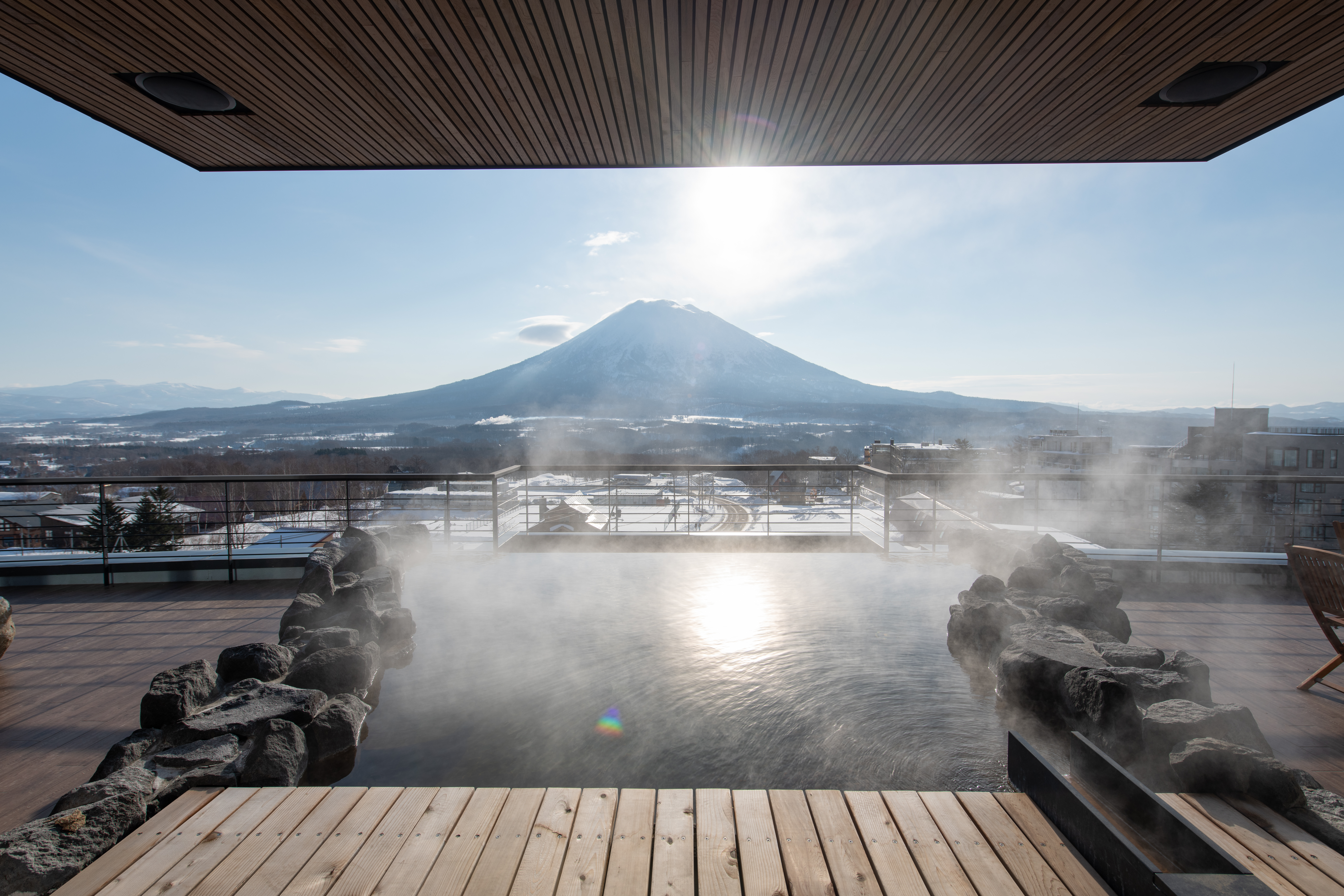
Aside from its prime location, the plot was chosen for its views of Mount Yotei, the cone-shaped stratovolcano with more than a passing resemblance to Mount Fuji down south. The volcano majestically rises on the east while the Hirafu ski resort lies on the west.
“I felt that it was important to make the space float in this landscape that flows from east to west,” says Tsukasa Daida, lead architect of the project.
“Rather than being conscious of the six-star standard, we were strongly conscious of being comfortable and being able to have a unique experience here,” he adds.
Japan has strict building regulations in areas near ski resorts. This made Daida’s work especially challenging, especially in terms of complying with building coverage ratios, height restrictions, and setbacks.
In observance of these rules, the built area became smaller. Every unit was subsequently designed to take up an entire floor, obviating the need for common areas such as corridors.
“I wanted the feeling of expansiveness and wanted to be able to put in multiple experiences within the floor plate,” says Chen. “Rather than waste a lot of space with stairwells and circulation, I came up with the idea of having full-floor villas.”
H2 Group wanted owners to not only have all the floor to themselves but also the best possible views of Mount Yotei. The team rotated the building so it would not be parallel to the road.
The building orientation gives occupants a face-on view of Mount Yotei. Floor-to-ceiling glass walls were incorporated into the façade, creating a curtain wall fronting the volcano.
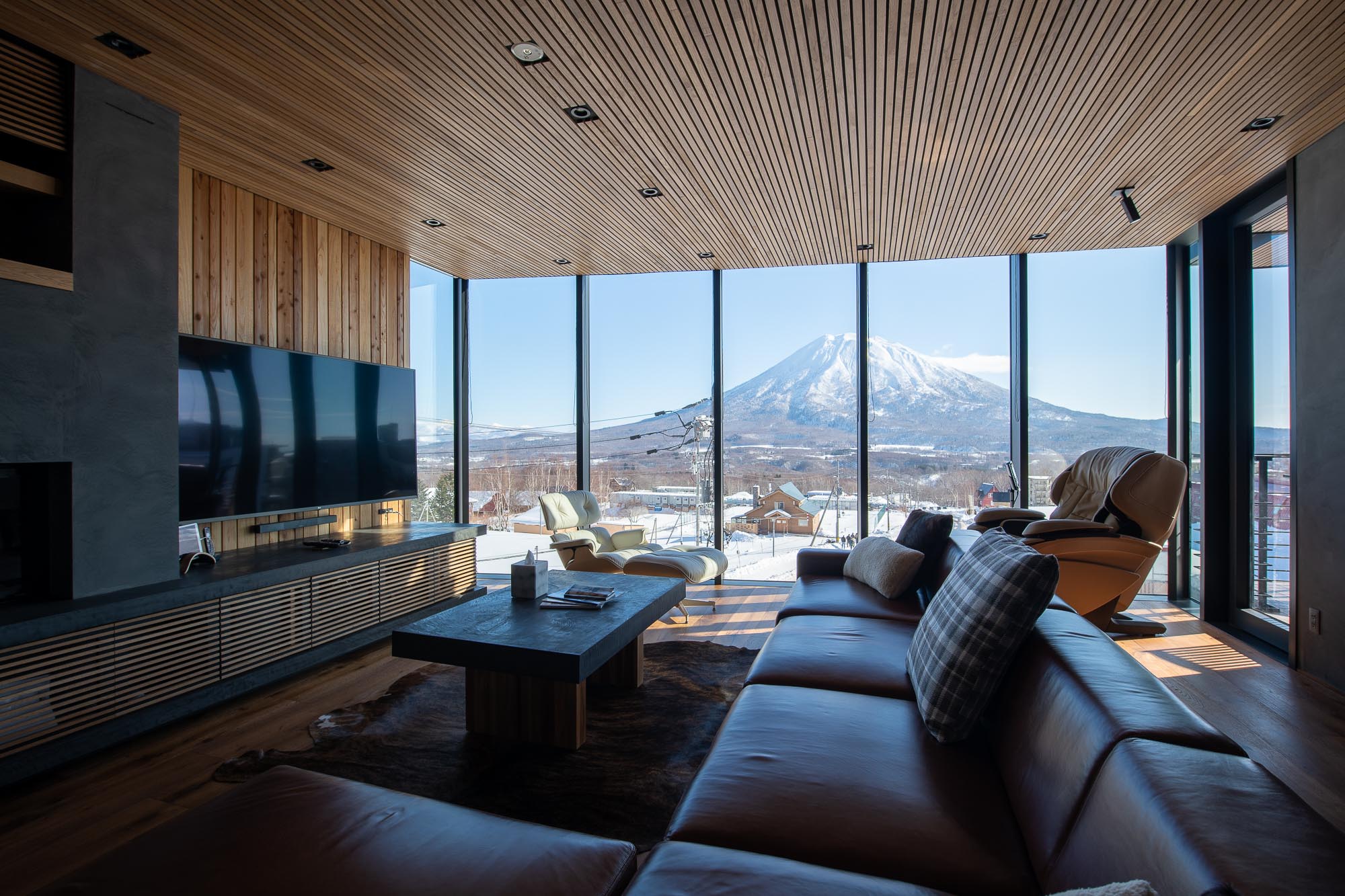
Construction started in 2018. In a first for Niseko, HakuVillas was practically built offsite with precast or prestressed reinforced concrete.
“This allowed us to create the slabs even during the winter season,” says Chen. “Most of the concrete buildings here are poured onsite versus having the slabs formed and made in a factory. And this meant we actually got the structure of the building up in about two weeks. It was like an erector set.”
Pillars, beams, and similar structures were made thin and flat so they would not interfere with the east-west views.
“The building is pre-tensioned with PC steel wire, so it has a very slim structure,” adds Daida.
HakuVillas is, according to H2 Group, made to be a “perfect fusion of the precision of Japanese design with western alpine warmth and tonality.” Woods with warm tones were selected for the villas and penthouse, each unit featuring a wood-burning fireplace and private onsen.
The logistics that went into procuring some of the timber were thorny. Some of the dining tables and bars required wooden slabs that were up to 900 millimetres thick and weighed 600 kilograms. “Finding trees of that size was difficult,” says Chen. “So, we sourced monkey pod wood from Thailand that had to be kiln dried and then shipped over.
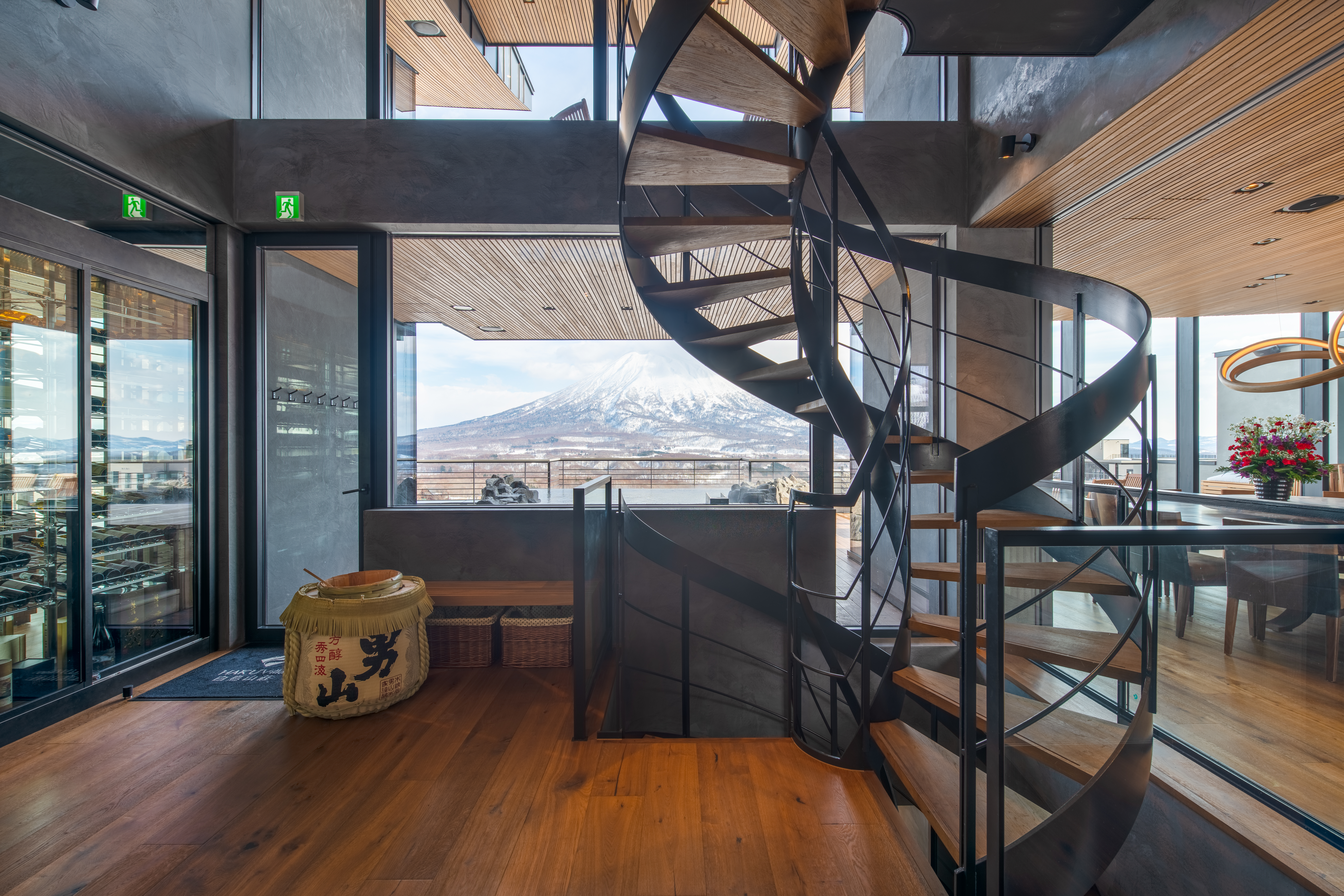
“Finding bars that were curved the right shape was challenging as well,” he adds.
Wood, concrete, and glass—all are easy to topple in Ring of Fire countries like Japan if builders are not careful. But Chen realised early on just how strong the building was.
“When half the building was up, I was standing on the third or fourth floor and talking to the engineer. And I made a joke,” he says. “I said, ‘What if we got an earthquake right now? Would this withstand an earthquake? Because they hadn’t pulled tight the cables yet. Then the engineer thought about it, talked to his boss, came back, and said it should be okay.”
Two days later, an earthquake rocked Niseko. “And the building stood up.”
The same snow that draws wintersports enthusiasts to Niseko can be relentless at times. “In dealing with snow, we listen to the know-how we have cultivated as an architect in a snowy country and the opinions of local residents, and reflect these in our designs,” says Daida.
I’ve had many billionaires who’ve stayed in all sorts of places around the world come in and walk through our property and just say, ‘Wow, wow, wow, wow.’ and that gives you a great feeling
That said, the volcanic nature of the land is responsible for one of the property’s most enduring value propositions: the onsen. H2 Group invested “quite a bit of money” in drilling for onsen water, recounts Chen. “We were successful in getting a very high-quality onsen well, which produces a lot of heat. And because of the level of heat it produces, we were then able to install a heat transfer system for heating the building.”
Chen took inspiration from Yugokorotei, a local onsen famed for its outdoor bath. “I wanted to sort of recreate that feeling in HakuVillas,” says Chen. “We wanted the onsen to be extremely natural, so we placed natural boulders to create the onsen as if you were walking through the woods and stumbling on a hot spring.”
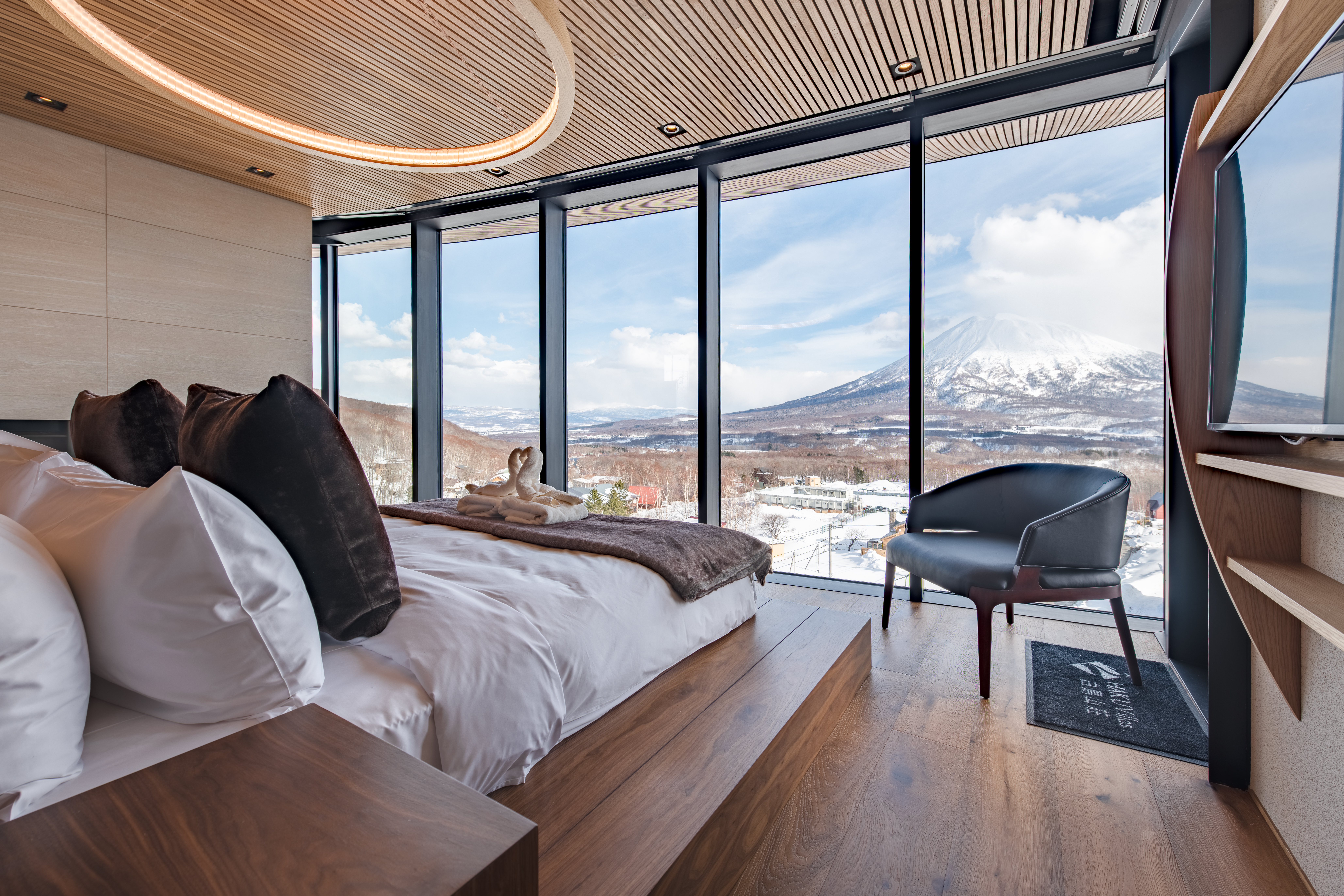
Apart from an onsen for every owner, the building has its own golf simulator, fine dining restaurant, and gym. All four villas are sold, with H2 Group overseeing accommodation management.
During off-peak seasons, H2 Group tries to stimulate interest in Niseko tourism through signature events featuring star chefs or collaborations with high-end retail brands.
High-net-worth individuals increasingly patronise HakuVilas. The property is fully booked as revenge travel rages on in Japan, with the penthouse alone commanding USD30,000 a night.
“I’m just really proud of the selection of the materials and the feeling that people have when they walk in,” says Chen. “I’ve had many billionaires who’ve stayed in all sorts of places around the world come in and walk through our property and just say, ‘Wow, wow, wow, wow.’ And that gives you a great feeling.”
The original version of this article appeared in PropertyGuru Property Report Magazine Issue No. 176 on issuu and Magzter. Write to our editors at [email protected].
Recommended
Meet the architect transforming Asia’s retail spaces with nature-inspired designs
David Buffonge, the cofounder of Hong Kong-based Lead8, has strong opinions on how to improve built environments around Asia
ARES White Paper Volume 3: The era of adaptive reinvention
Pioneering sustainable and innovative practices in urban development
ARES White Paper Volume 2: Unravelling the power of data revolution in real estate
Insights on proptech, smart cities, and sustainable development
ARES Digital White Paper Volume 1: The fundamentals of responsible building
Green and climate heroes join forces to discuss how Asia Pacific can weather the current environmental crises and the looming effects of climate change



